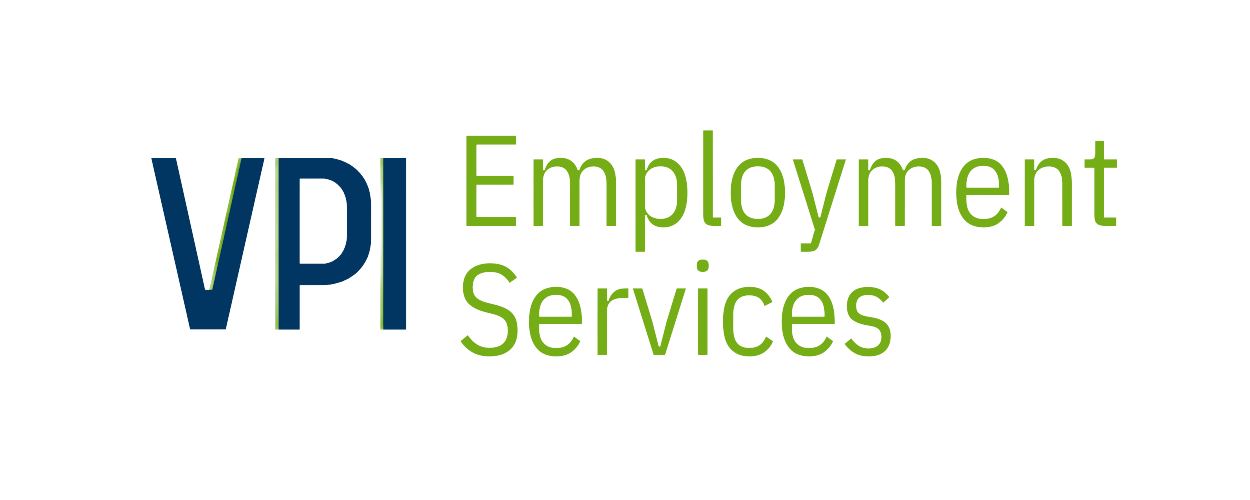According to a study by Ladders.com, the average recruiter spends just six seconds looking at each resume that comes across their desk. A recruiter could have already looked at your resume and moved on to the next one in the time that it has taken you to reach the end of this sentence.
Six seconds isn’t very long considering how many hours you may have spent putting your resume together and how many years of work and experience your resume may represent. What can you do with your resume to make the most of those seconds?
Here are six questions you can ask yourself about your resume to make those six seconds count.
1. Is my resume concise?
Because you don’t have a lot of time to get your prospective employer’s attention, make sure that your resume gets your point across with as few words as possible. This means cutting out anything that gets in the way of your most important points.
You may be tempted to ask, “how long should my resume be?”. This seems like a useful question. But unfortunately, there is no absolute answer. A five-page resume is likely too long and a five-line resume is likely too short. As a general rule, you should try to keep your resume between one to two pages long, but even that may not always hold true.
Instead of focusing on a word or page count, you may find it more useful to think in terms of relevance. In most cases, if you focus on including only relevant information, the length of your resume will take care of itself.
2. Is the information in my resume relevant?
Think about your resume from the point of view of the employer. As you read each line, ask yourself, “why might an employer care about this detail?”. If you can’t come up with a good answer, you may not need to include it in your resume. For example:
The Yellow Pencil Company
Improved client satisfaction
Short commute to work
In the example above, there are two points describing the role. While both might be accurate, the second point is much less relevant to an employer. A more concise and relevant way of presenting this information would be:
The Yellow Pencil Company
Improved client satisfaction
By cutting out the irrelevant information, you can make sure that your prospective employer won’t waste any time on unimportant details.
3. Are the details in my resume specific?
The secret to writing a strong resume is balancing relevant information with specific details. Strive to be as specific as possible while making sure all of the information is relevant to an employer. For example:
The Yellow Pencil Company
Improved client satisfaction
The example above is a relevant point. However, we can improve on it by adding some specific details:
The Yellow Pencil Company
Implemented a new filing system to improve client satisfaction by 25%
Even though the second example is longer than the first one, it provides relevant and specific information that will help an employer receive a more complete picture of what they might expect if they were to hire this candidate.
4. How is my resume organized?
Once you know what information you want to include in your resume, organize it in a way that makes it possible for employers to quickly find the information they want most. There are two main ways to organize the information in your resume.
A chronological resume organizes your experience around work history with the most recent information at the top. You may want to use this format if past experience is important for the role you are applying for. For example:
Employment History
Client Service Representative, 2013-2015
The Yellow Pencil Company
Implemented a new filing system to improve client satisfaction by 25%
Customer Service Representative, 2012-2013
The Pink Erasers Inc
Helped customers find products
Shipping Clerk, 2009-2012
Paper Paper Paper!
Coordinated daily product shipments with customers and vendors
A functional resume organizes your experience around skills. You may want to use this format if you are looking for your first job or if your work experience is limited. For example:
Skills and Abilities
Interpersonal skills
- Regularly interacted with customers
- Attended bi-weekly team meetings to present on-going project status
- Placed monthly client satisfaction follow-up calls
Data entry
- Implemented a new filing system to improve client satisfaction by 25%
- Input key information into client database
- Interacted with POS system on daily basis
Attention to detail
- Coordinated dozens of product shipments daily
- Maintained and updated product price list
Whether you use a chronological layout, a functional layout or a combination of both, make sure that you are being consistent and clear in the way that you organize your information.
5. Is my resume scannable?
Because recruiters and employers may not spend very long looking at your resume, it’s important to make sure that the information is scannable. Hold your resume out at arm’s length or zoom out so you can see everything at once. From this view, how quickly are you able to pick out the name of your most recent employer? If it was difficult for you to find this information, it will be difficult for employers.
There are many ways you can improve the scannability of your resume, but the easiest way is to break your resume up into sections. These sections should be clear and should help to make it easy for a reader to find information instantly.
The example above is a resume that has not been broken up into clear sections. You can see how difficult it is to quickly scan the information. A more-readable way to organize the same information might be:
John X. Hample
24 Windermere Court
Toronto, Ontario
416-123-4567
Johnxhample@email.com
Education
St. Barbara’s College, 2014-2016
Diploma in Business Administration
Employment History
Client Service Representative, 2013-2015
The Yellow Pencil Company
Implemented a new filing system to improve client satisfaction by 25%
Customer Service Representative, 2012-2013
The Pink Erasers Inc
Helped customers find products
Shipping Clerk, 2009-2012
Paper Paper Paper!
Coordinated daily product shipments with customers and vendors
Awards
Certificate of recognition, The Yellow Pencil Company, 2016
Dean’s list, St. Barbara’s College, 2015-2016
By considering how your resume looks “at a glance”, you can optimize the layout and design to match the way that many employers will look at it.
6. Is my resume correct?
Make sure that all of the information is accurate and up-to-date–including your contact information. You don’t want to go through all of the trouble of creating a resume that gets an employer’s attention only to have them not be able to contact you.
Take some time to read through your resume slowly or out loud. Pay attention for errors and don’t rely entirely on your computer’s spell check. This may seem like a small detail, but typos can be a deal-breaker for some hiring managers. Keep an eye out for irregular words like street names or company names that your spell check might miss.
It can be difficult to catch errors in your own work. You should always have someone else proofread your resume before you submit it to employers. If you don’t know anyone who would make a good proofreader, you can access free one-on-one resume support with one of our resume writing specialists.
Asking yourself these six questions will help give you the best chance at success during your job search. For more examples of effective resumes or to get more direct feedback about your resume, register for one of our upcoming resume and cover letter workshops or contact us about free one-on-one resume support.
